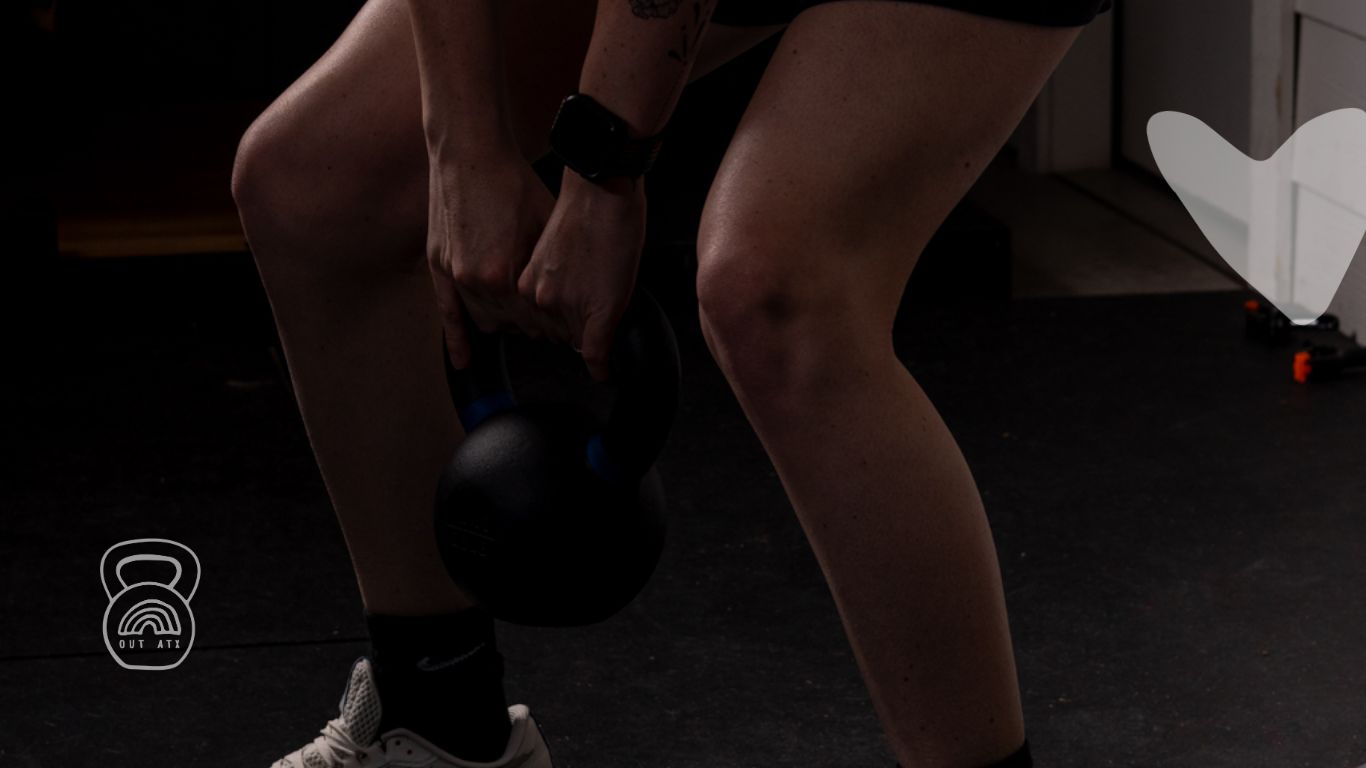If you’re on a gender-affirming journey, managing pelvic health—bladder and bowel control, sexual wellness, and pain relief—is essential. Pelvic Floor Physical Therapy (PFPT) can be your ally in keeping these functions strong. Many people only consider PFPT after surgery, but studies show that those who begin therapy before and continue after surgery have significantly better outcomes and fewer complications.
I’m Dr. Ashe Etherton, and I’m here to support you at every step. Let’s dive into what PFPT can offer and what to expect along the way.
What Is the Pelvic Floor, and Why Does It Matter?
Your pelvic floor muscles form a “hammock” at the base of your pelvis, supporting key functions like bladder control, bowel health, sexual health, and core stability. Changes through hormone therapy, surgery, or practices like binding and tucking can impact these muscles, making pelvic health support essential.
When Should You See a PFPT—and Why?
Ideally, PFPT should start before surgery. A pre-op visit lets us address any existing pelvic health concerns (like pain, leakage, or constipation), helping ensure that your pelvic floor is as strong and flexible as possible going into surgery. Seeing a PFPT both before and after surgery has been shown to reduce complications, shorten recovery time, and improve long-term outcomes. Even if you’re not considering surgery, it’s wise to seek PFPT as soon as you notice pelvic discomfort, changes in bowel or bladder habits, or shifts in sexual function.
How PFPT Can Help at Each Stage of Your Journey
Gender-affirming care affects your pelvic health uniquely at each stage. Here’s how PFPT can support you through each step, helping you feel your best.
Hormone Therapy
What You Might Notice: Pelvic Discomfort, Bladder/Bowel Changes, and Sexual Function Shifts
Hormones can change muscle tone, sensation, lubrication, and skin texture, which may lead to pelvic discomfort, bladder or bowel changes, and shifts in sexual function.
How PFPT Can Help: We’ll work on strengthening and relaxing the right muscles to support these changes, easing discomfort, and maintaining bladder, bowel, and sexual health as you adapt.
Top Surgery
What You Might Notice: Limited range of motion and breathing
After top surgery, scar tissue may limit your range of motion and breathing, which can affect your pelvic floor since it works closely with your diaphragm.
How PFPT Can Help: I’ll help release scar tissue restrictions and improve breathing patterns, keeping your pelvic floor strong, mobile, and comfortable.
Bottom Surgery
What You Might Notice: Increased Discomfort and Leakage
Surgery in this area can temporarily affect muscles, nerves, and tissues in your pelvic floor. If you had pre-existing discomfort or leakage, it may become more noticeable.
How PFPT Can Help: I recommend starting PFPT before surgery to address any issues, which makes recovery easier. After surgery, PFPT helps with pain management, scar healing, and regaining bladder, bowel, and sexual function.
Binding, Tucking, and Packing
What You Might Notice: Strained Posture, Movement, and Breathing
These practices can alter posture, movement, and breathing, which may lead to stress or weakness in the pelvic floor.
How PFPT Can Help: Together, we’ll create body-friendly habits and movement strategies to keep your pelvic floor resilient and comfortable.
New to Pelvic Floor Physical Therapy? Here’s What to Expect
PFPT helps keep your pelvic muscles working comfortably, manages pain, and supports you through changes with gender-affirming care. We’re here to make sure you feel at ease, from understanding your body to building habits that help you feel your best. Here are some basics of PFPT:
What Do Pelvic Floor Physical Therapists Do?
Pelvic Floor Physical Therapists are here to help you feel more comfortable and confident on your journey. We focus on keeping your pelvic muscles working their best, managing any pain, and supporting you through all the changes that can come with gender-affirming care. Here’s how we can support you:
Guide You Through Pelvic Anatomy and Function: We’ll make sure you understand what’s happening in the pelvic region so you feel more at ease with your body.
Address Pain, Urinary, or Bowel Concerns: We work on easing discomfort and giving you more control over your daily routines.
Get You Ready for Surgery and Helping You Recover: Whether you’re preparing or healing, we’re here to help every step of the way.
Give You Everyday Tips for Staying Comfortable: From exercises to practical advice, we’ll share simple ways to keep things feeling good.
What to Expect in Your First Session
Your first visit is all about getting to know you and making sure you feel supported. Here’s what we’ll cover:
Chat About Your Goals: We’ll start with a friendly conversation about what brought you here and what you’d like to work on. I’ll answer any questions you have and explain how PFPT can help.
Physical or Virtual Check-In: If you’re comfortable, we might do a gentle pelvic muscle exam to see how things are working. We can do this either with an internal or external check, depending on what feels right for you. If you are being evaluated in-person, we may perform a gentle internal or external check of your pelvic floor muscles. If we’re working together virtually, I may walk you through how to perform an external check on yourself.
Check Movement and Posture: I might also take a look at your posture, the way you move, and any areas that need a little extra care to create a plan that fits your needs.
This session is all about making sure you feel comfortable, informed, and ready to start.
What to Expect in Your Ongoing Sessions
Every session is personalized and evolves as you do. Here’s what you can expect along the way:
Surgery Preparation: Before surgery, we’ll focus on exercises to strengthen and relax your pelvic floor, breathing techniques to make recovery easier, and simple moves to manage any current pain or leakage.
Post-Surgery Support: After surgery, our sessions will focus on helping you heal. We might use techniques like gentle movement or hands-on work to relieve tension, manage swelling, and help scar tissue heal. Getting your bladder, bowel, and sexual function back on track is a big part of this phase.
Hormone Replacement Therapy (HRT): HRT can have a significant impact on the pelvic floor muscles (PFM), making pelvic floor physical therapy (PFPT) a valuable support along the continuum of gender-affirming care. Whether or not surgery is part of your plan, PFPT can help you manage changes and strengthen your pelvic health at every stage of your journey.
Binding, Tucking, and Packing Support: If you use binding, tucking, or packing, we’ll work together to create safe habits and exercises that keep your pelvic floor healthy and resilient.
Each session is designed to make you feel supported and confident as you work toward your goals. We’re here to help you feel your best.
Your Pelvic Health Ally—Every Step of the Way
Taking care of your pelvic health can make your journey smoother and more empowering. With PFPT, you’ll find relief from pain, improved sexual function, and better control over bladder and bowel health. I’m here to be your partner in this journey.
If you want more information, email me at info@hoperisingpt.com with the subject line “Gender-affirming care” to receive movements for maintaining pelvic health along the continuum of gender-affirming care.
Questions? Feel free to reach out to me by email or on Instagram @hoperisingpt
Contact Us
At OutWellness ATX, we’re committed to supporting you through every step of your recovery journey. If you have any questions or need personalized advice, don’t hesitate to reach out to our expert team. We’re here to help you achieve a smooth and effective recovery.



